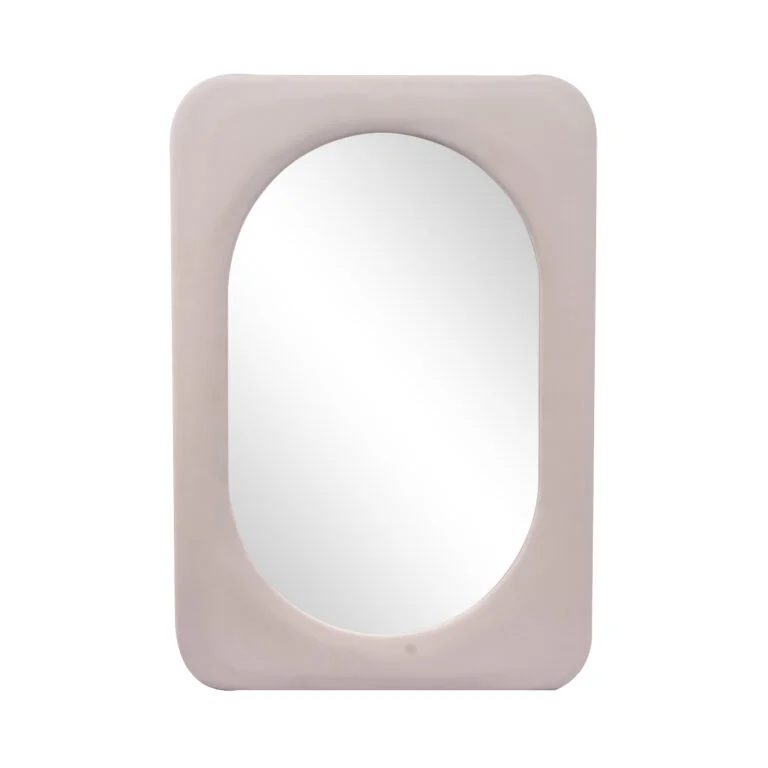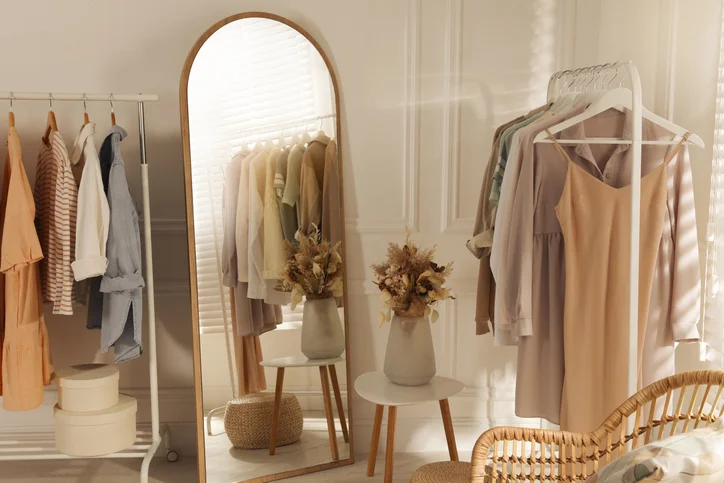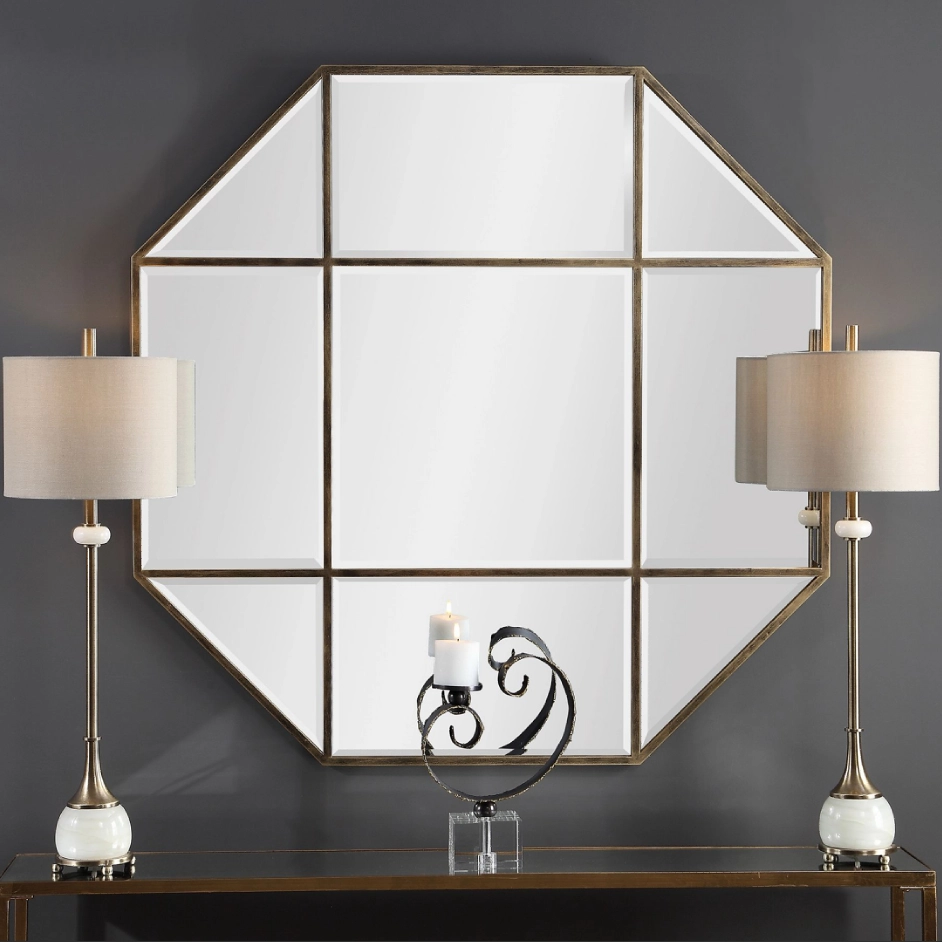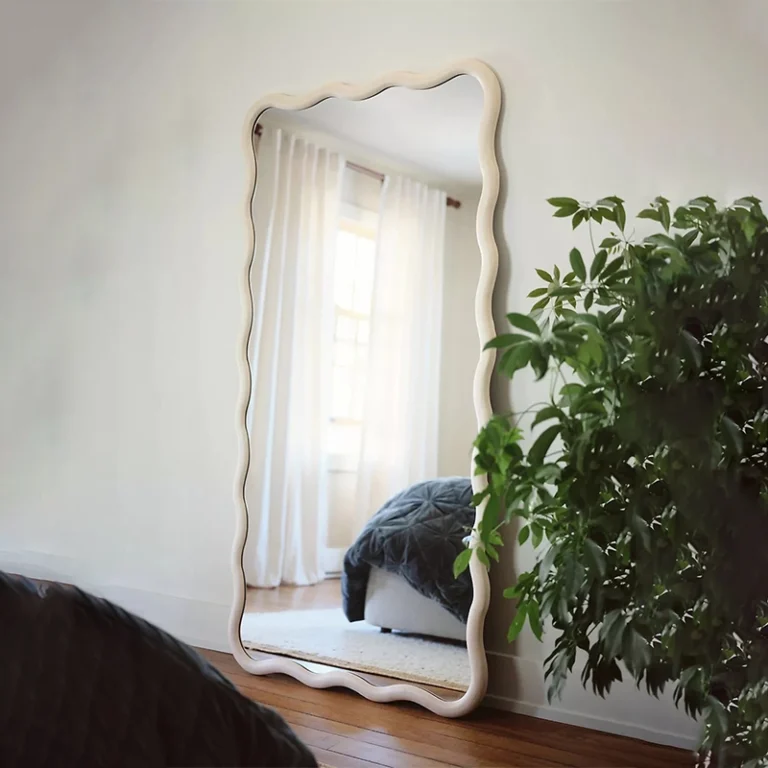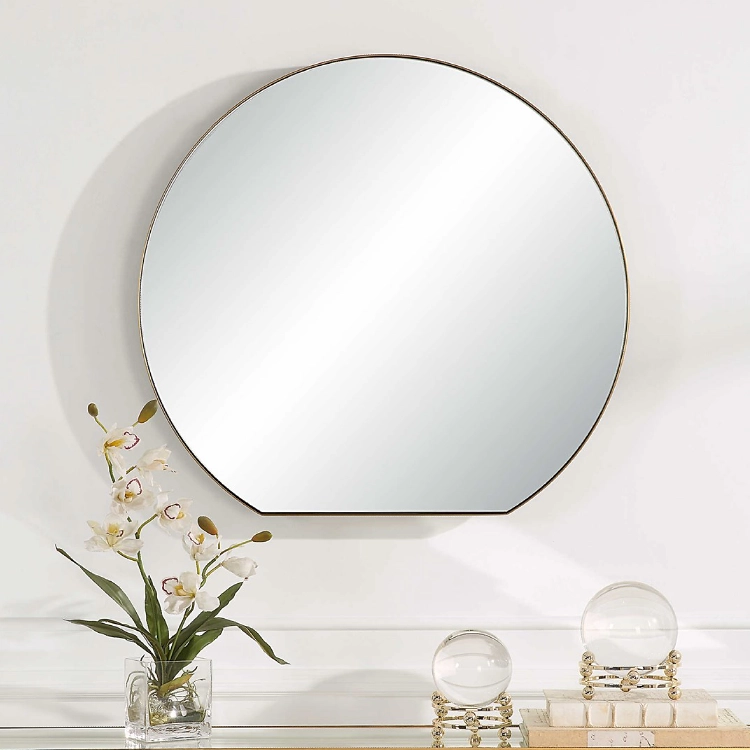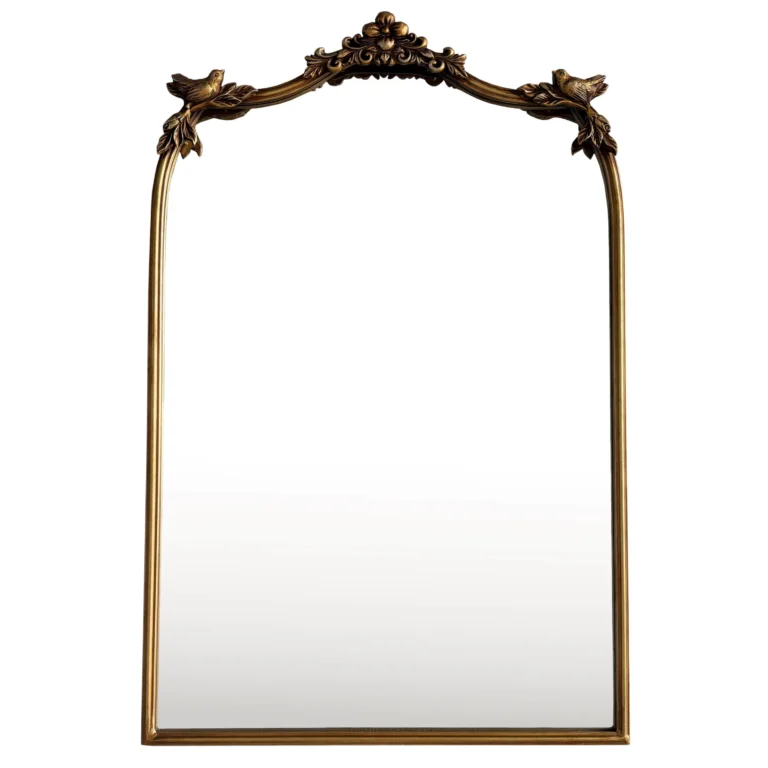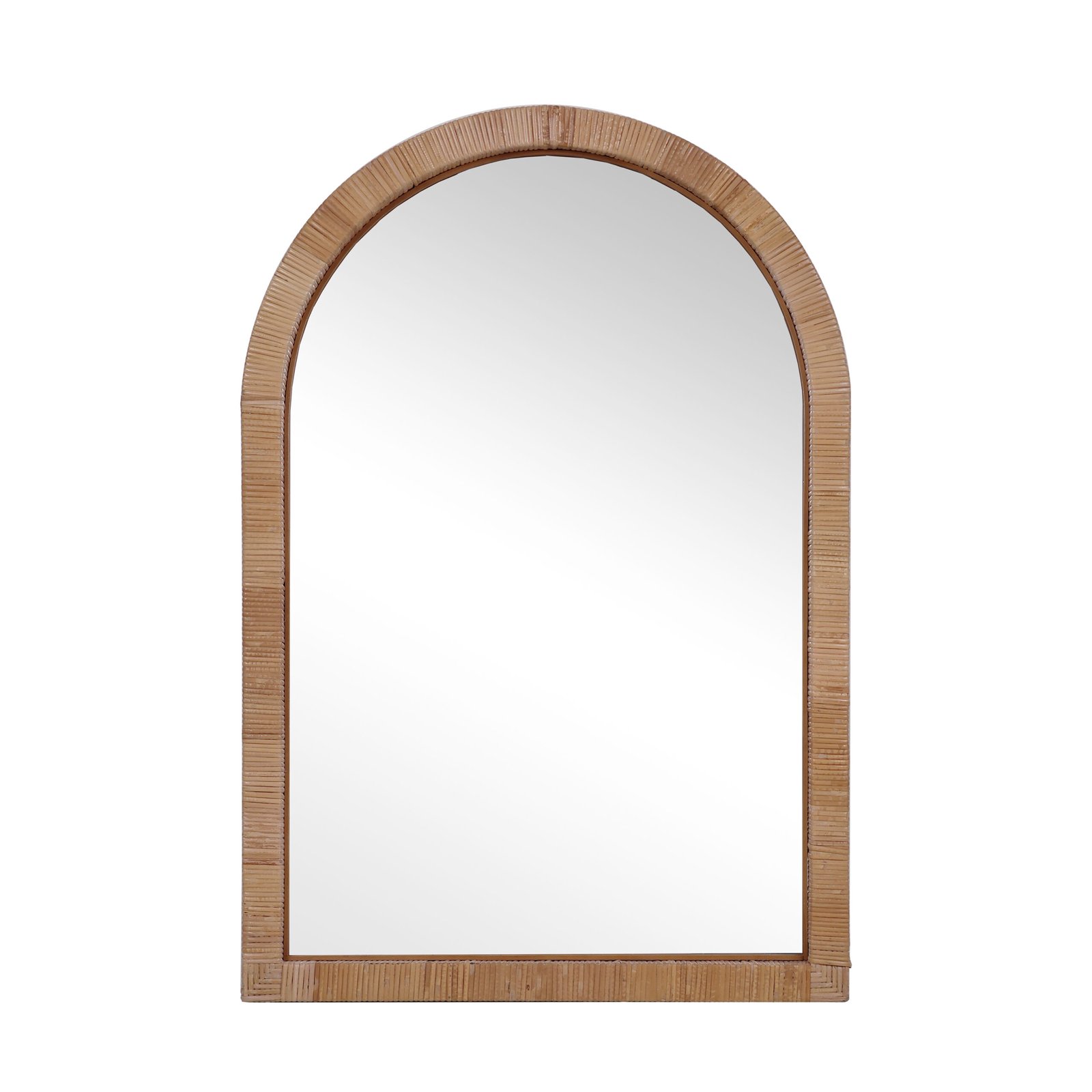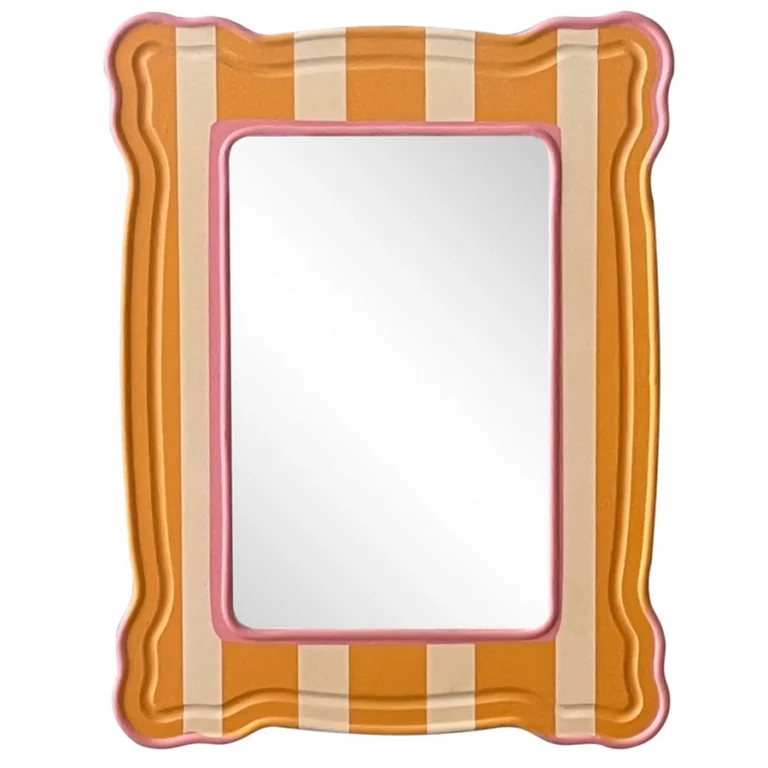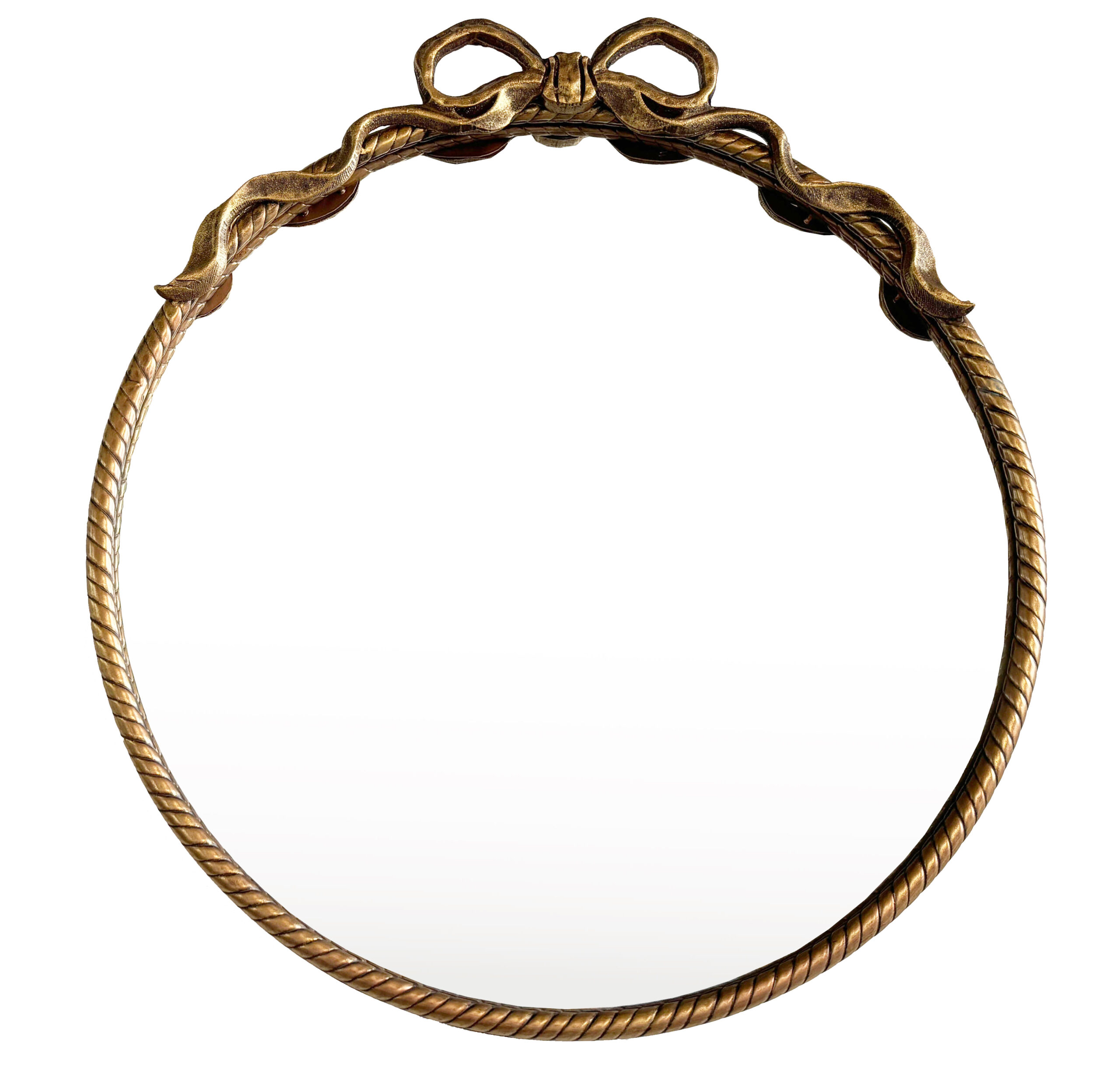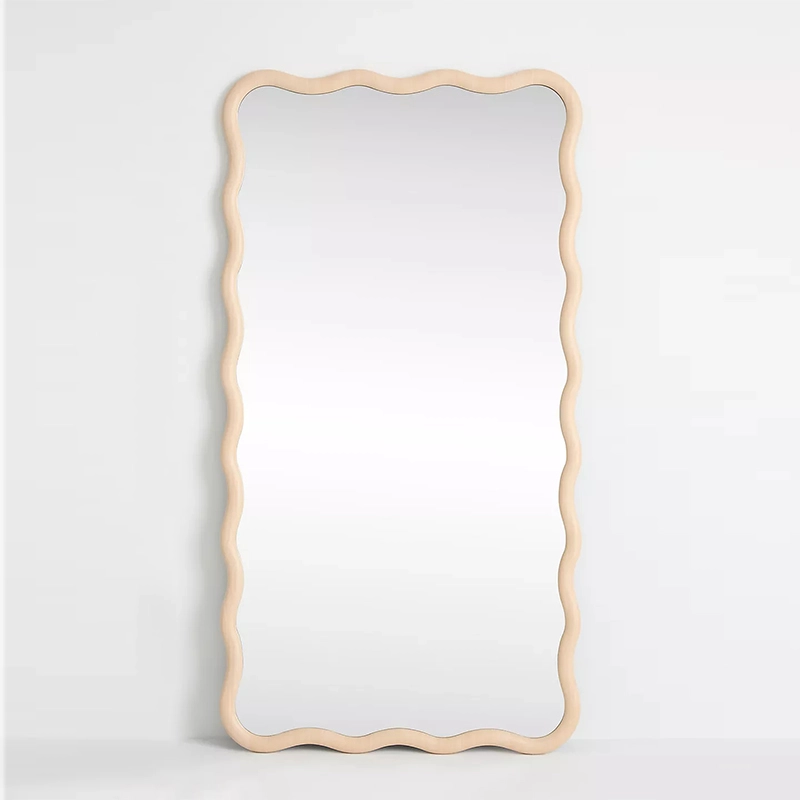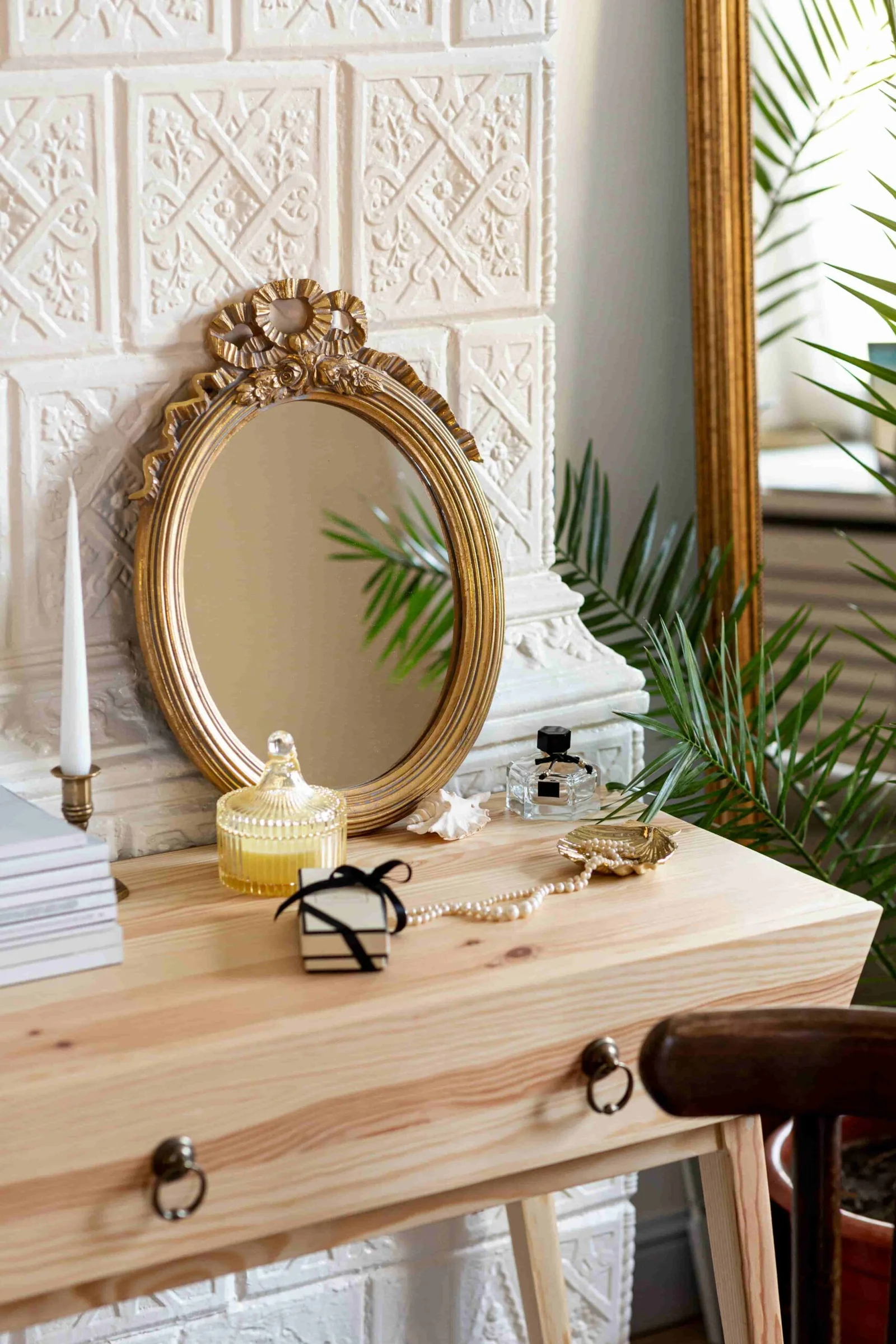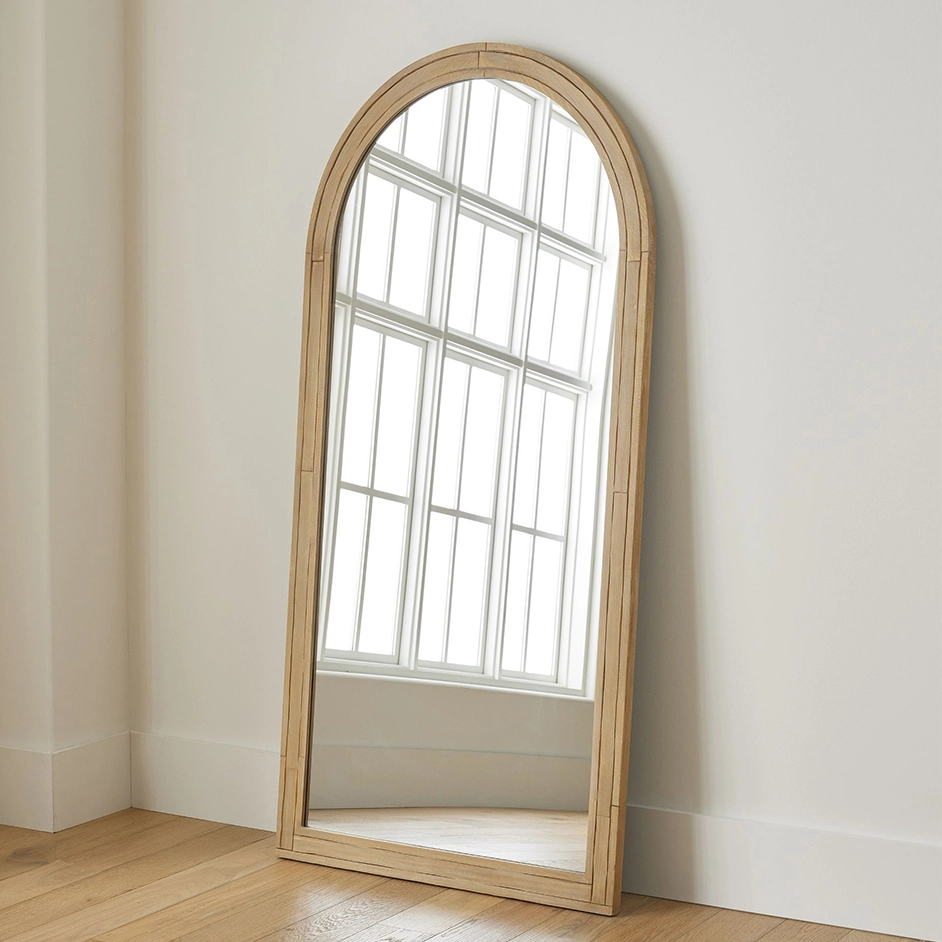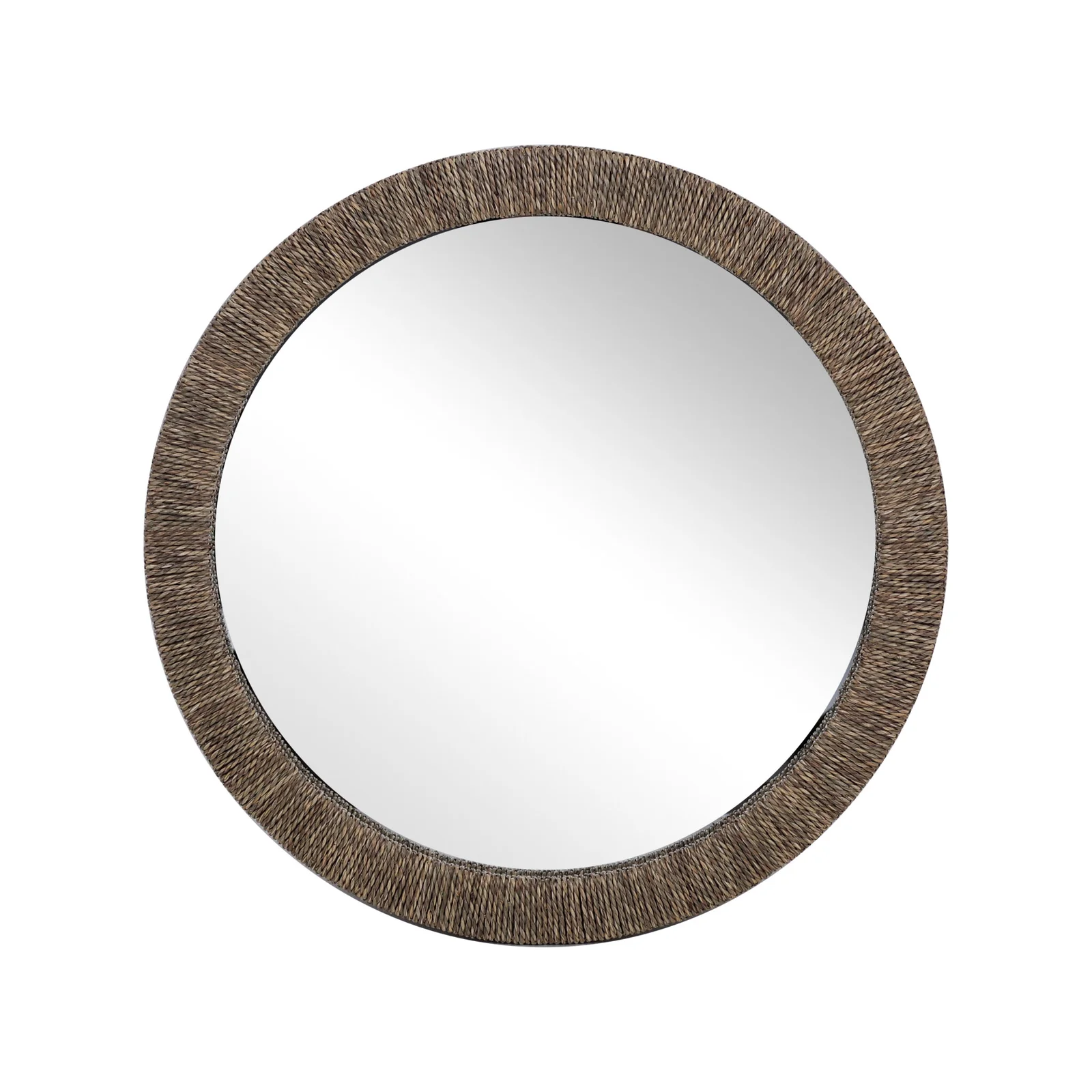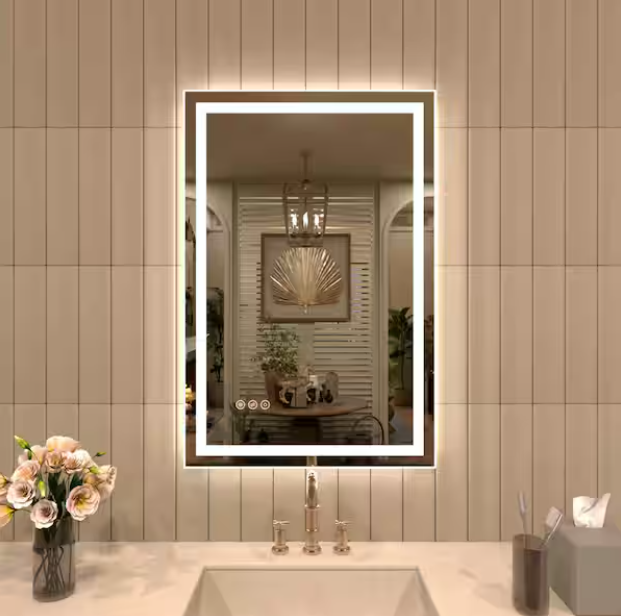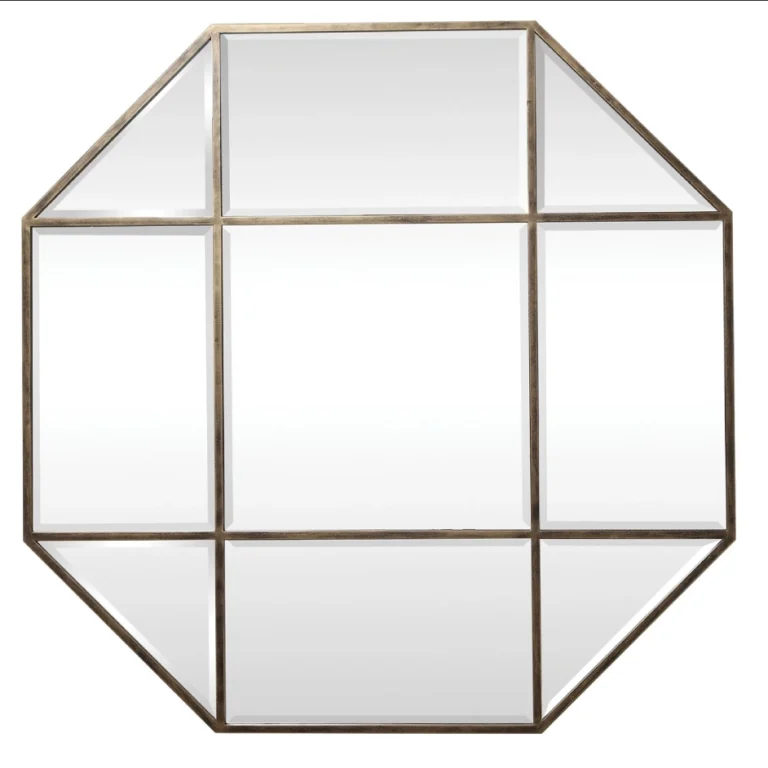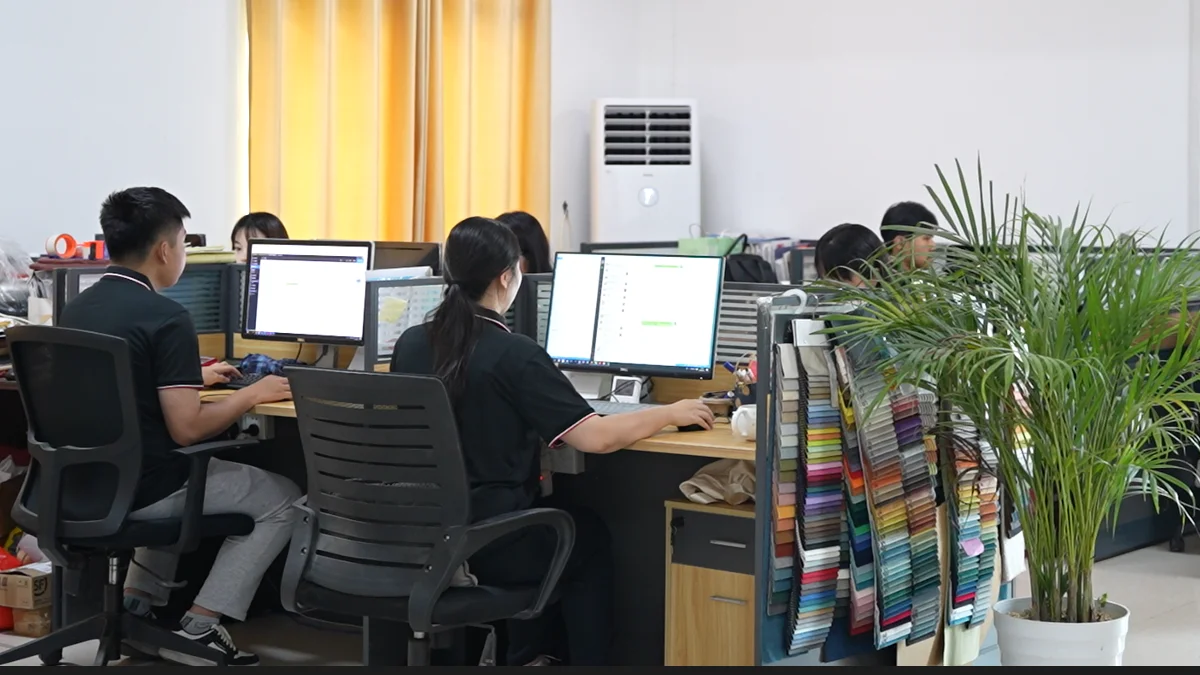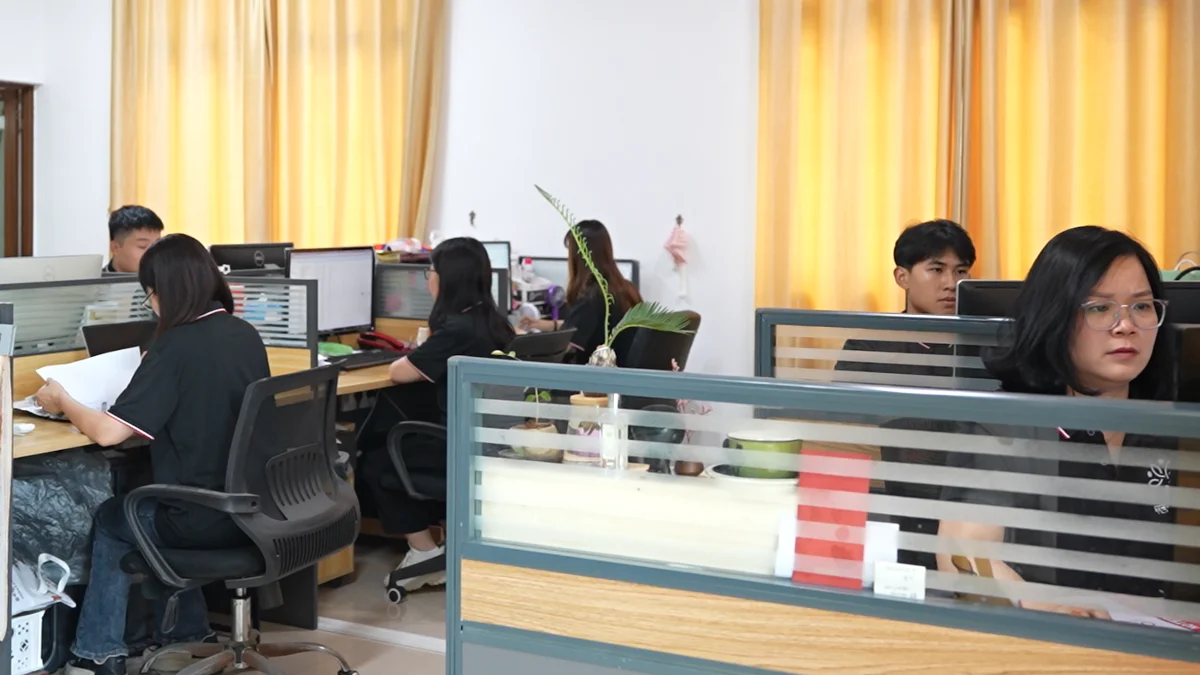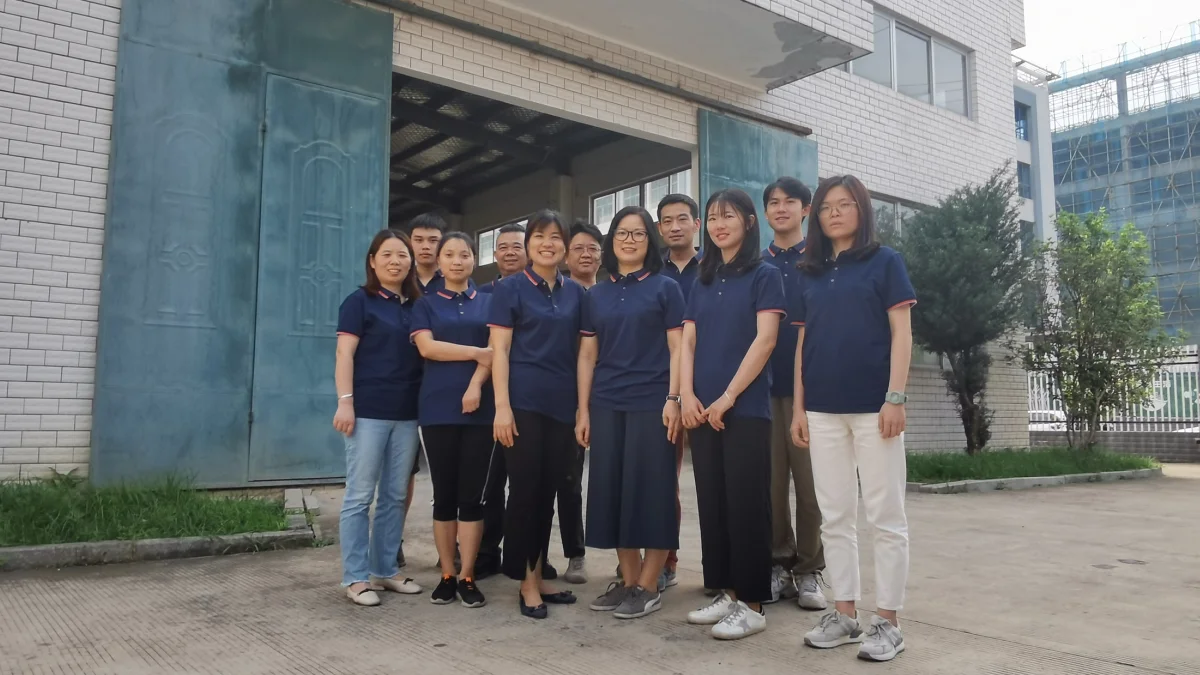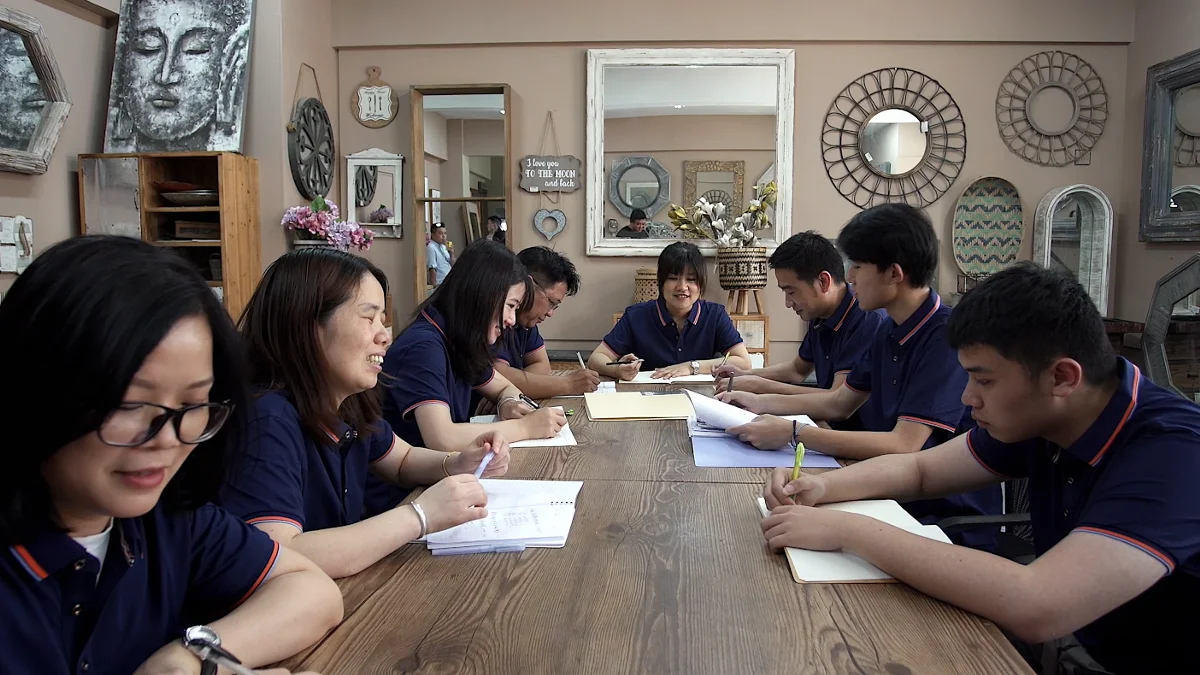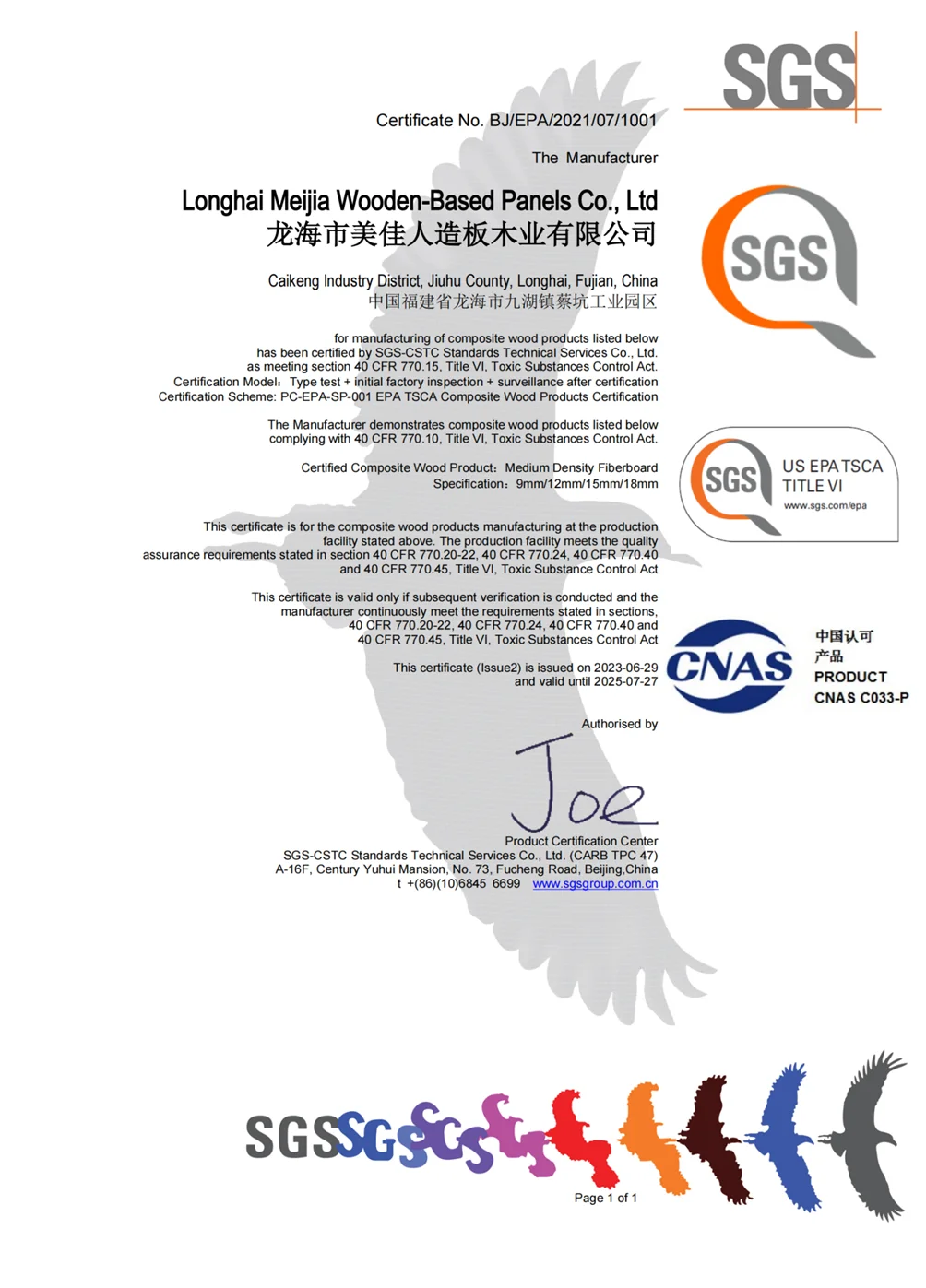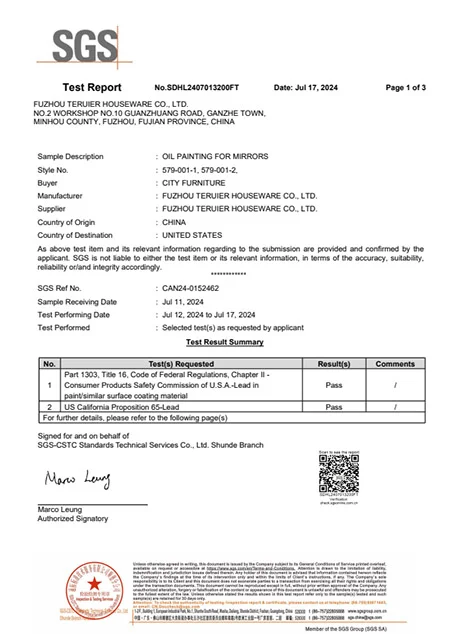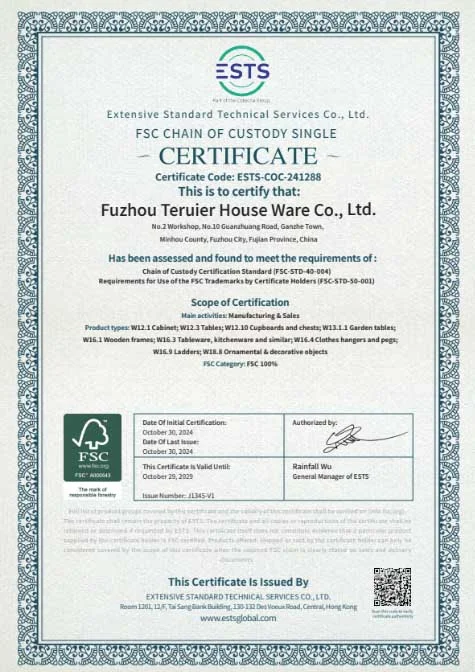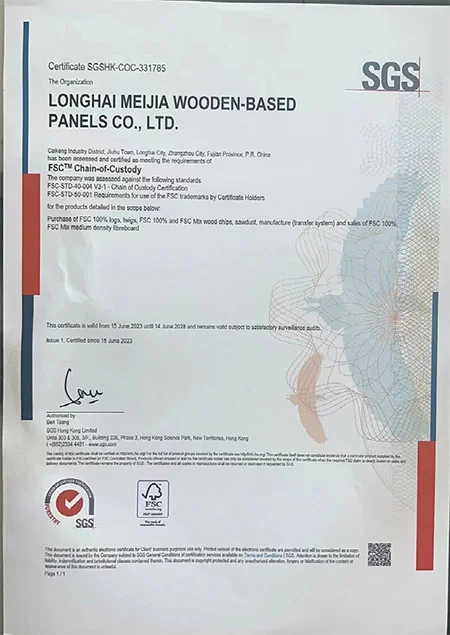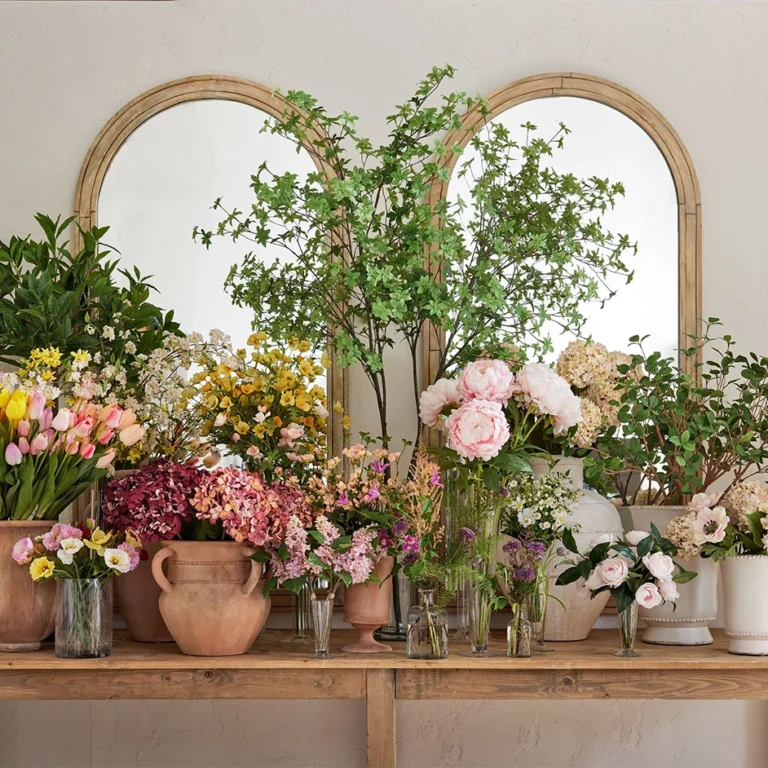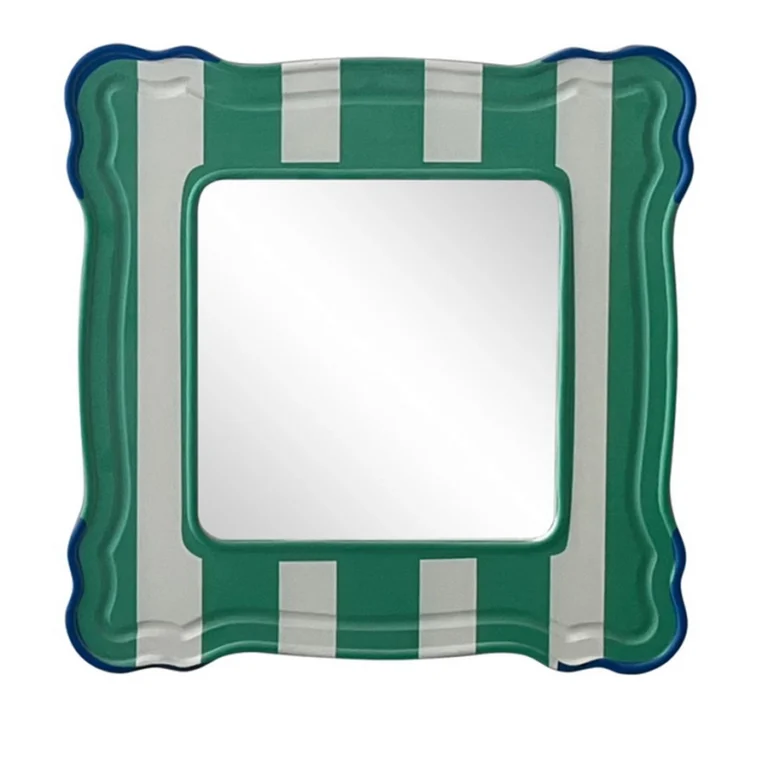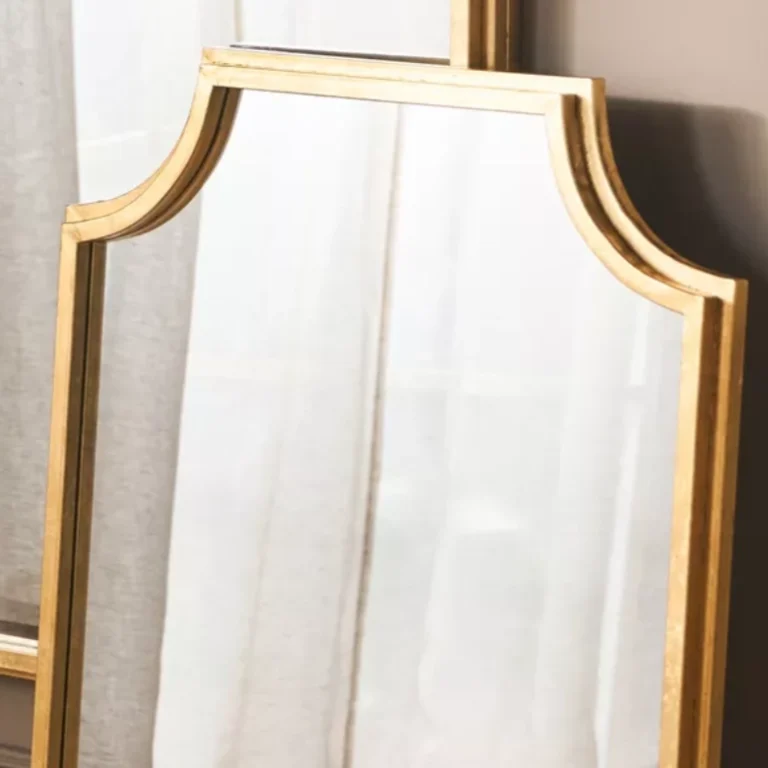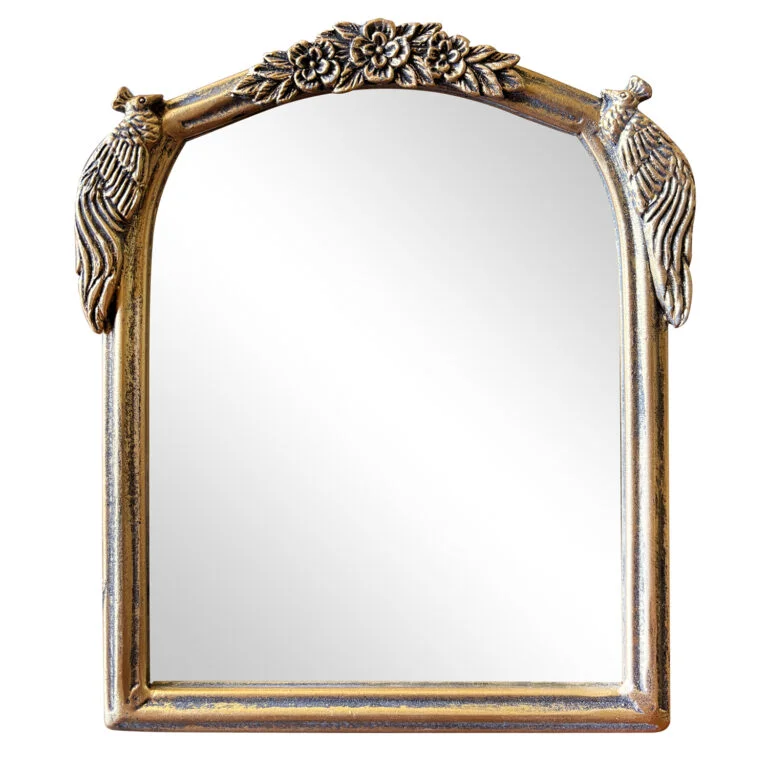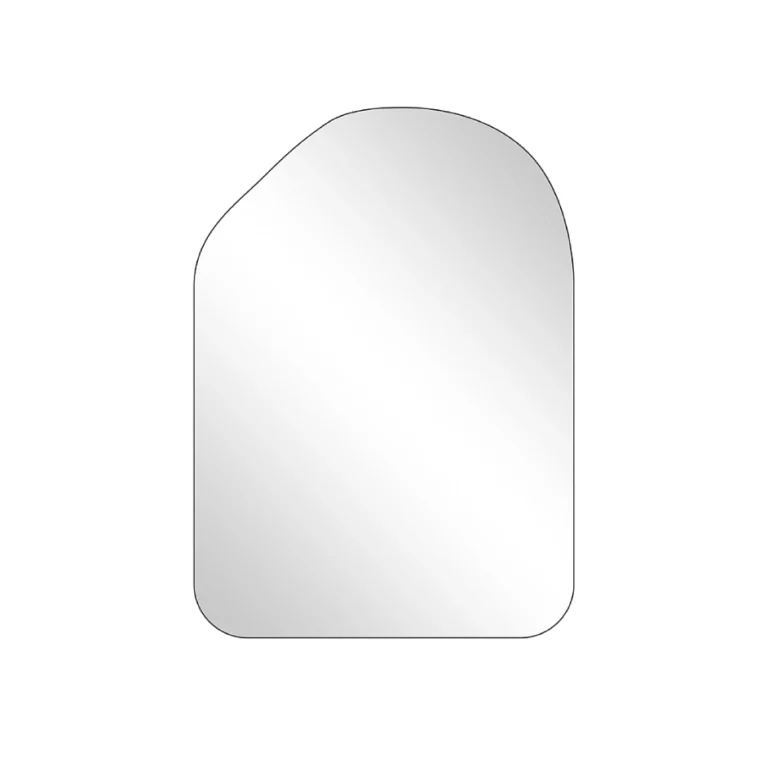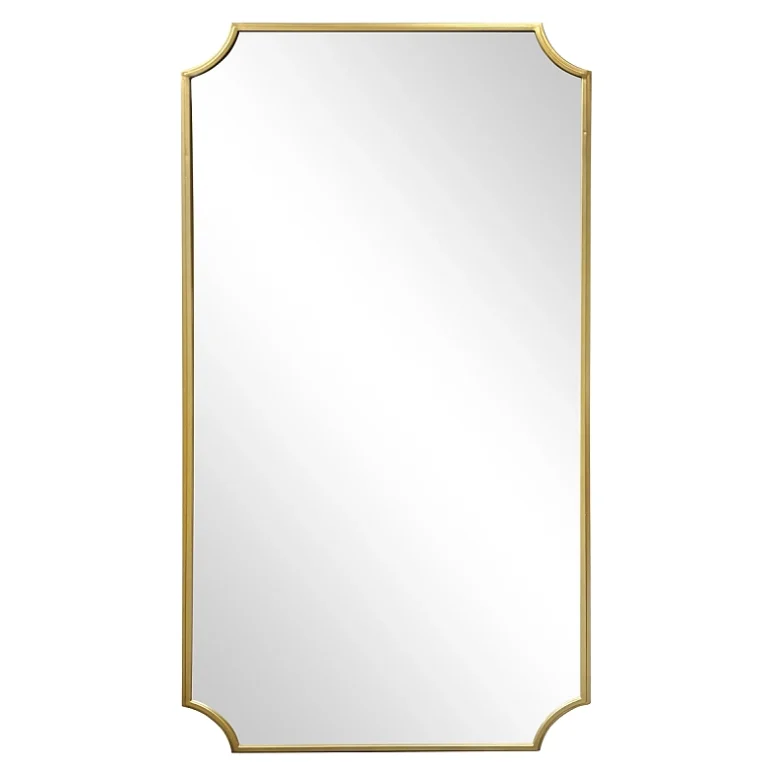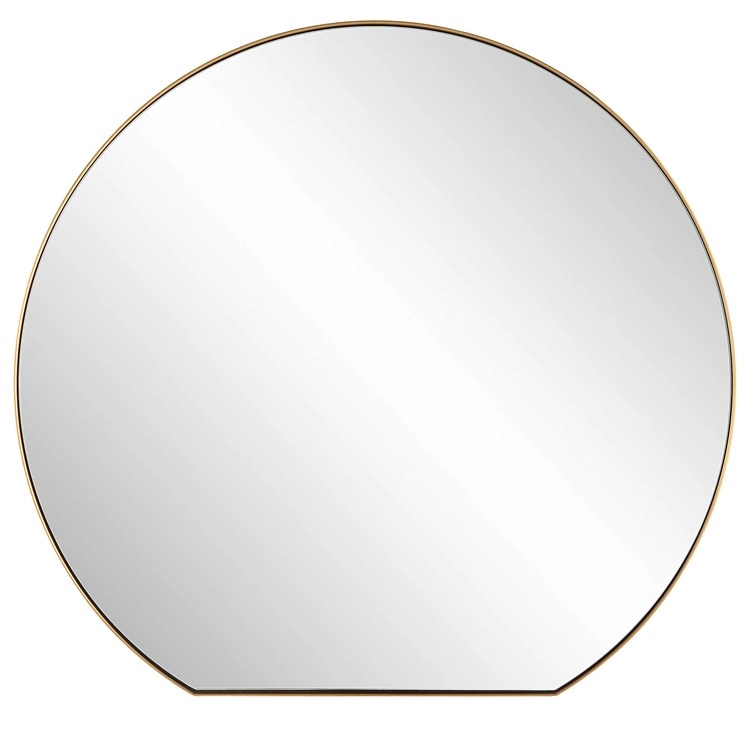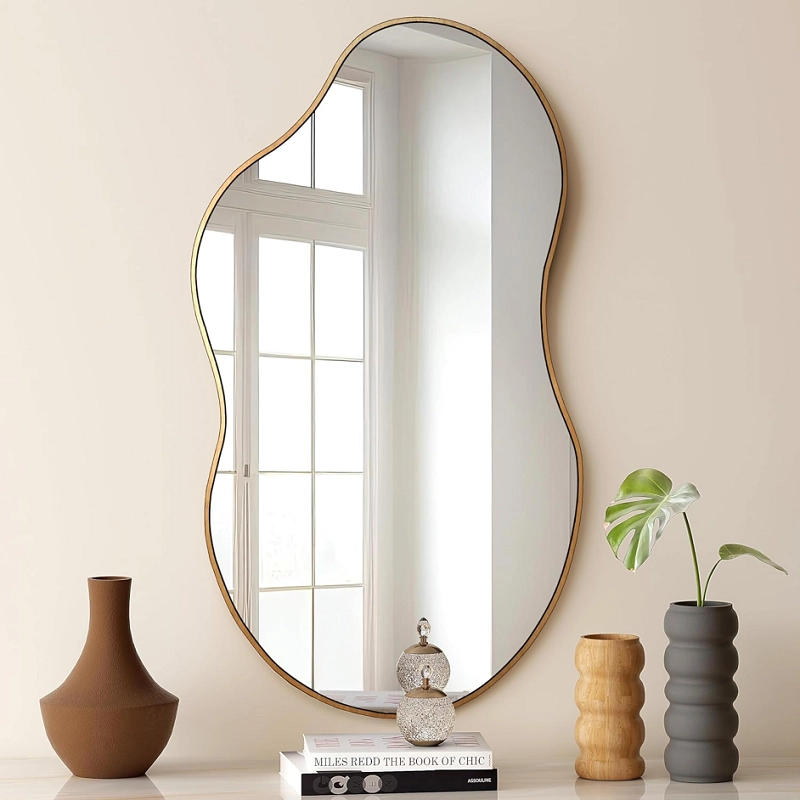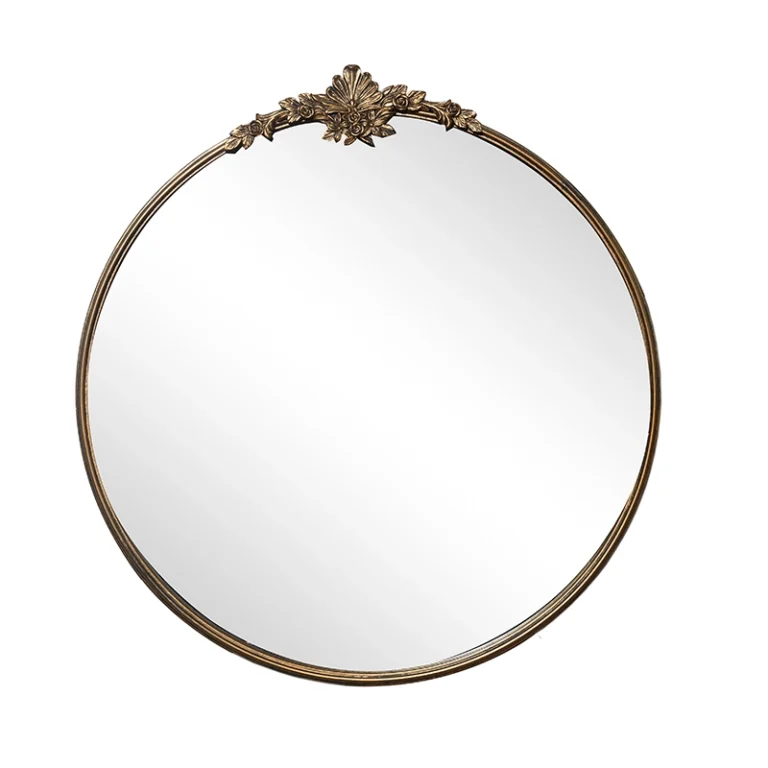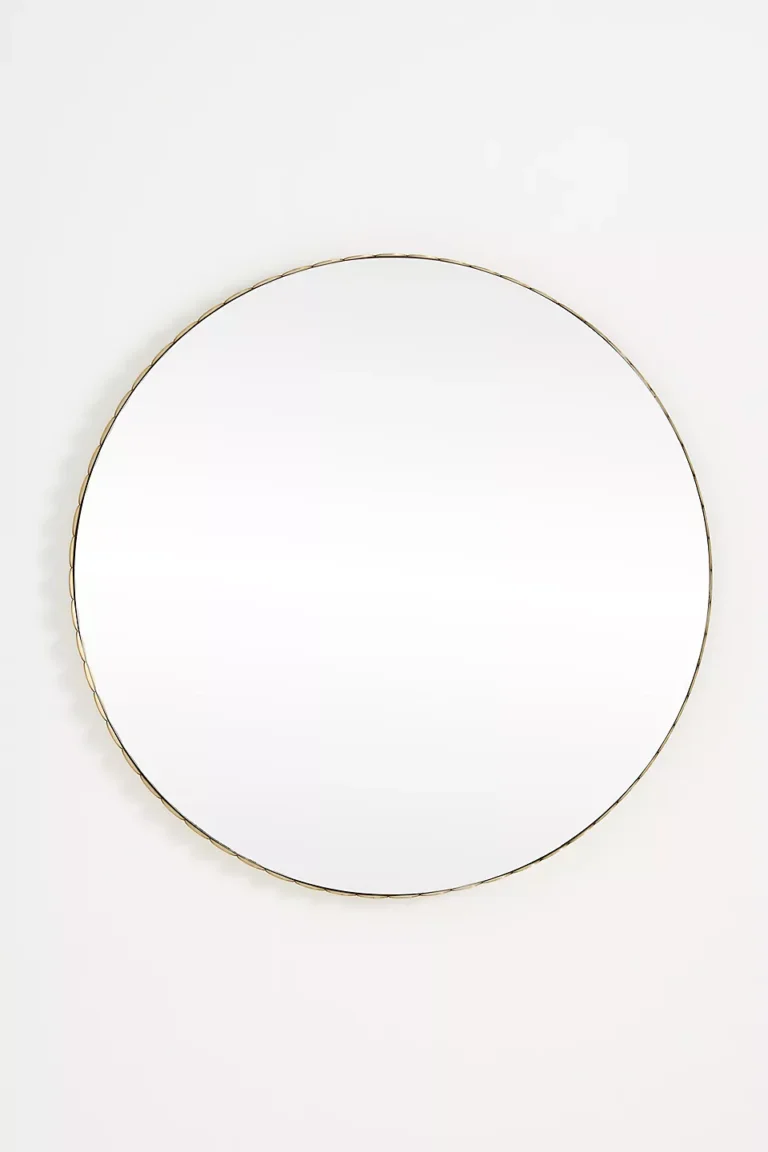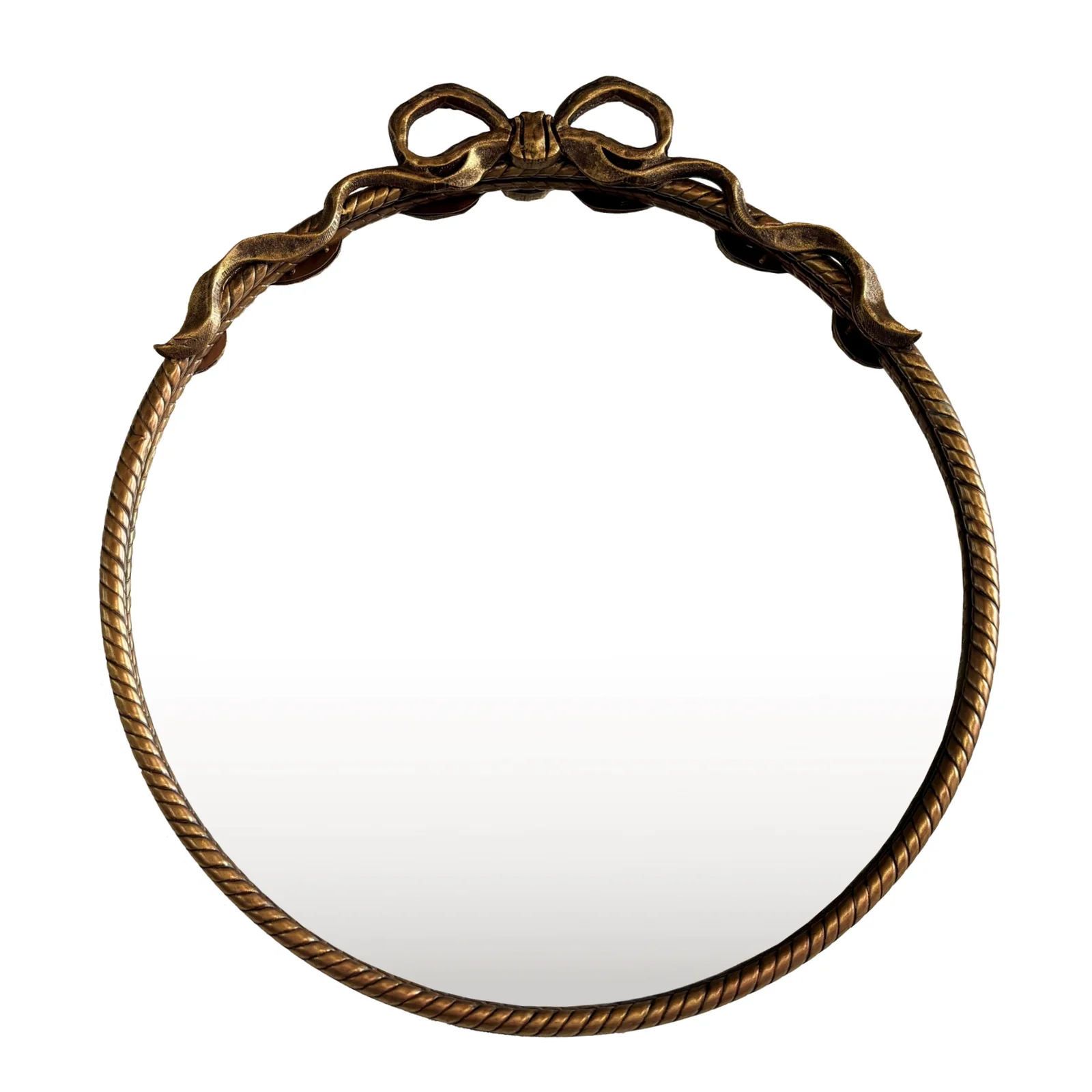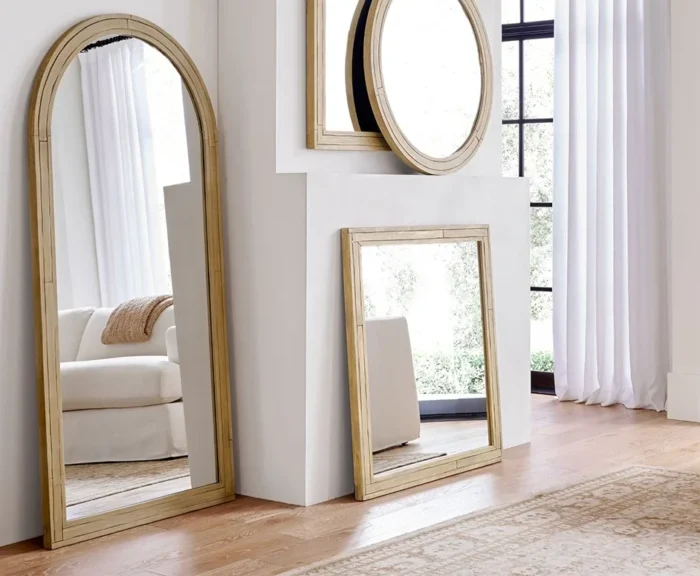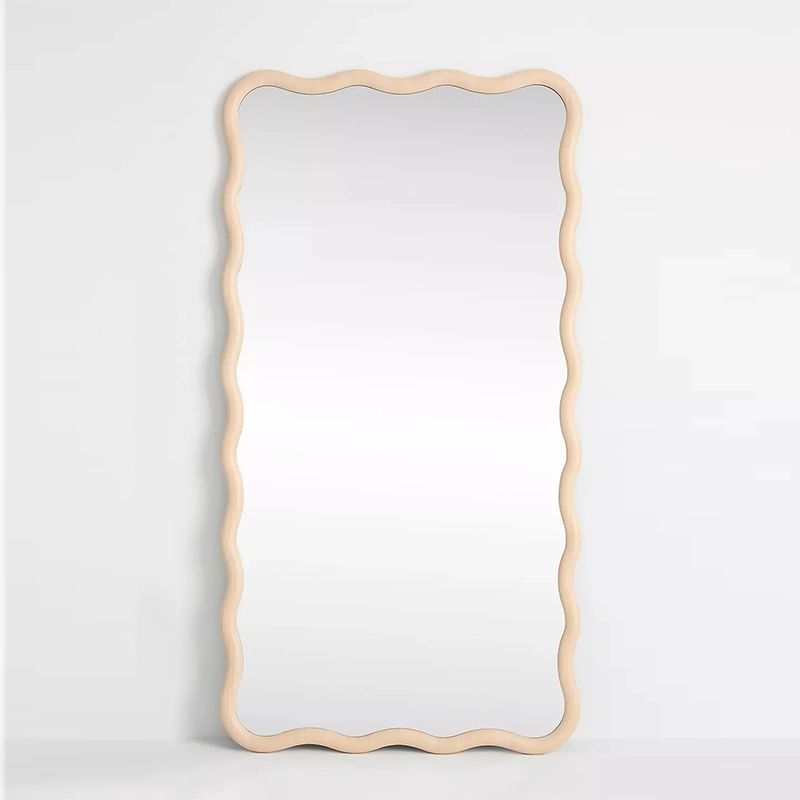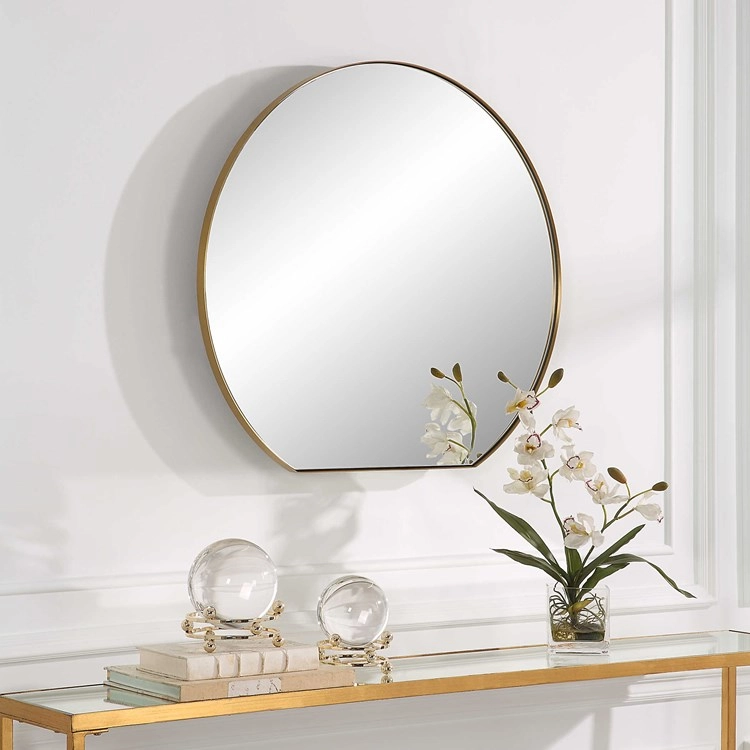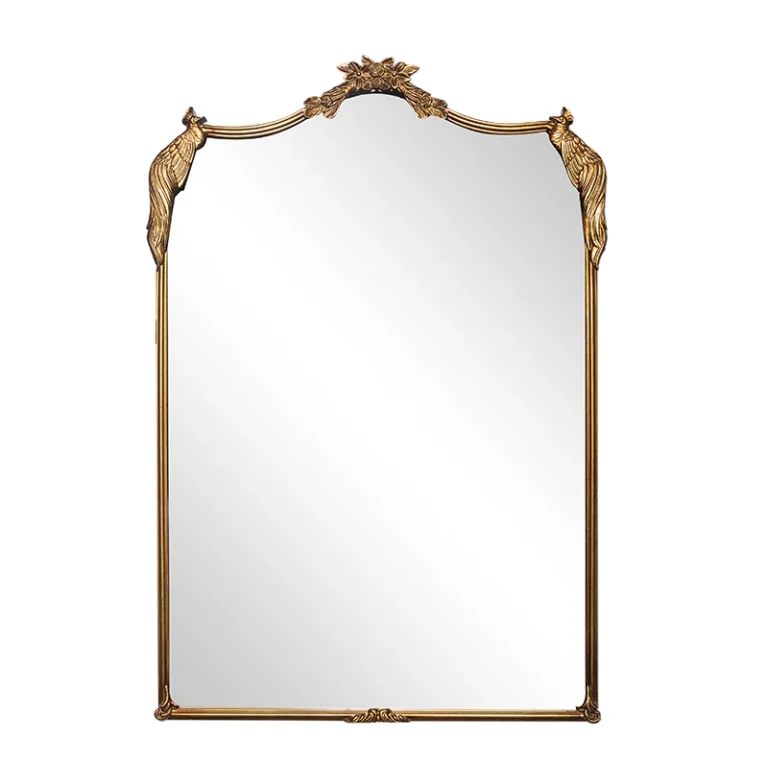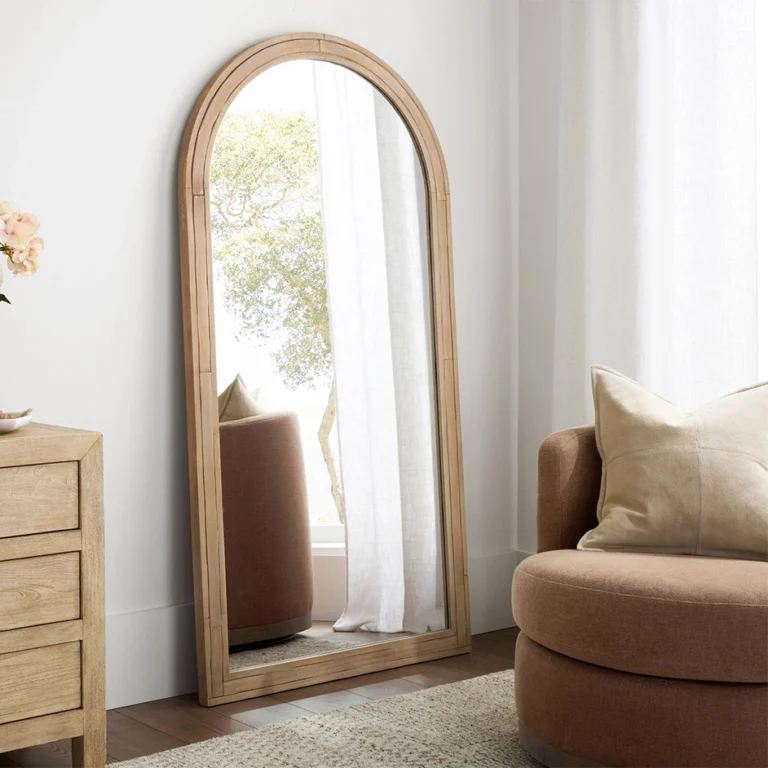Egyptian style mirror Cairo
Of course. An “Egyptian style mirror from Cairo” evokes a very specific and beautiful aesthetic, blending ancient Pharaonic motifs with the intricate craftsmanship of Islamic art that Cairo is famous for.
Here’s a breakdown of what such a mirror would look like, where to find it, and what makes it special.
The Aesthetic: A Blend of Two Great Eras
An Egyptian-style mirror from Cairo isn’t typically a direct replica from a Pharaoh’s tomb. Instead, it’s a modern creation that draws inspiration from two primary sources:
1. Ancient Pharaonic Motifs:
-
Symbols: Look for mirrors framed with iconic symbols like the Eye of Horus (wedjat), the Ankh (key of life), scarab beetles, lotus flowers, papyrus plants, and falcons.
-
Deities: Profiles of gods and goddesses like Isis, Horus, or Bastet are common.
-
Materials & Colors: The colors are often bold: turquoise blue, gold leaf, deep lapis lazuli, black, and terracotta red. The frame might be made of wood or metal designed to look like aged bronze or gold.
2. Islamic & Oriental Craftsmanship (Very “Cairo”):
-
Geometric Patterns: Intricate wood inlay (known as marquetry), often using woods like ebony, cedar, and walnut to create complex geometric patterns. This is a hallmark of Islamic art.
-
Metalwork: Brass or copper frames with engraved patterns (arabesques and florals) or pierced designs that create a filigree effect.
-
Mother-of-Pearl Inlay: A signature technique from the Khalili (Khan el-Khalili) area, where tiny pieces of iridescent mother-of-pearl are set into the wood to create shimmering patterns.
A typical “Cairo mirror” might combine these styles—for example, a wooden frame with Pharaonic symbols inlaid with mother-of-pearl and bordered by Islamic geometric patterns.
Where to Find Them in Cairo
If you are in Cairo, the best places to hunt for such a mirror are the famous markets and workshops:
-
Khan el-Khalili Bazaar: This is the epicenter. You will find dozens of shops selling everything from mass-produced souvenirs to genuine handcrafted pieces. Be prepared to bargain.
-
Street of the Tentmakers (Sharia Khayamiya): Known for beautiful appliqué textiles, but many shops also sell other crafts, including mirrors.
-
Specialized Craft Workshops: For higher-quality, authentic pieces, look for workshops in areas like Fustat (Old Cairo) or ask locals for recommendations to artisans who specialize in woodwork or metalwork.
What to Look For: Authenticity & Quality
-
Handmade vs. Factory-made: Run your hand over the surface. Handmade pieces will have slight imperfections, the inlay will be flush, and the carving will have depth. Factory-made pieces often feel lighter, smoother, and more uniform.
-
Materials: Genuine wood, brass, and mother-of-pearl will have a certain weight and warmth. Plastic and cheap paints will look and feel flimsy.
-
Artistry: Examine the details. Are the patterns crisp? Is the inlay tight and well-fitted? Better quality pieces will have more complex and precise designs.
Bringing the Style Home: If You Can’t Go to Cairo
If you’re not in Egypt but want this look, search for these keywords online:
-
“Egyptian art deco mirror” (for 1920s style inspired by Tutankhamun’s tomb discovery)
-
“Islamic geometric mirror”
-
“Mother of pearl inlay mirror”
-
“Pharaonic mirror”
-
“Oriental style mirror”
Websites like Etsy, eBay, and specialty import stores are good places to start.
总之,来自开罗的埃及风格镜子不仅仅是一个功能性物品;它是一件充满历史的艺术品,结合了古代的强大象征和伊斯兰工艺的精致、神圣图案。它是任何家庭的惊艳装饰品。
Generally speaking, our order requirements are as follows: the minimum order quantity (MOQ) for large items is 50 pieces, for regular items it is 100 pieces, for small items it is 500 pieces, and for very small items (such as ceramic decorations) the MOQ is 1,000 pieces. Orders exceeding $100,000 will receive a 5% discount. The delivery timeline is determined based on the specific order quantity and production schedule. Typically, we are able to complete delivery within two months.
